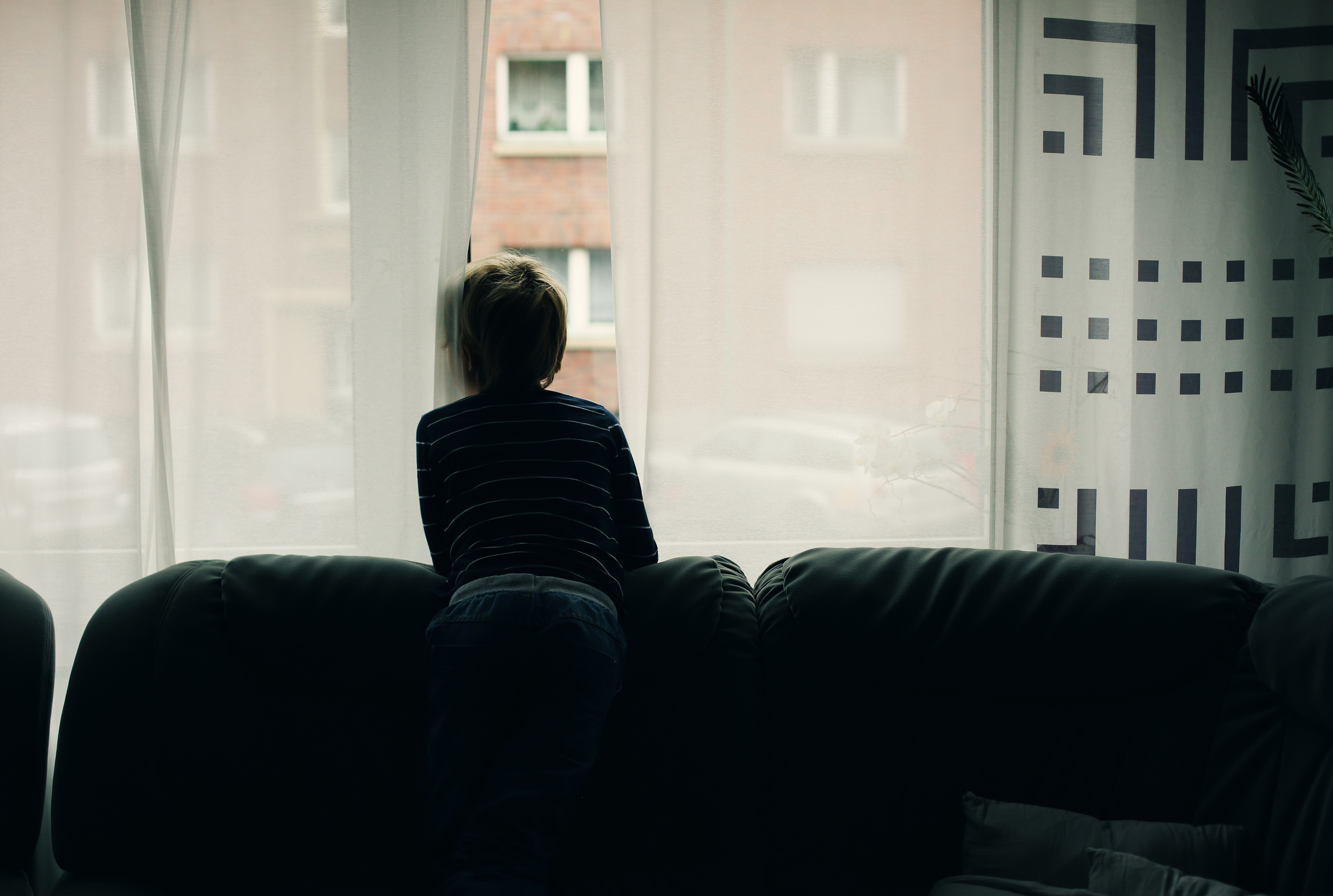
PARENTS have been warned their children could be at greater risk of accident or injury if they are left at home alone.
The NSPCC revealed its helpline received 453 calls and emails between July and September last year from people concerned about youngsters being left unattended – equivalent to five a day.
Of these, more than three in four – 366 – were deemed serious enough to be passed to police or social services.
The law does not specify an age at which parents can leave children alone, but those who do can be arrested and prosecuted for cruelty and neglect if it places them at risk.
Separate figures obtained last year by the Press Association found at least 105 mothers and fathers faced criminal investigations for allegedly leaving their offspring at home alone in the final three months of 2014. Cases involved children aged from just a few weeks to 14 years old.
The NSPCC urged parents to think carefully before leaving their children home alone.
The charity’s chief executive Peter Wanless said: “Summer holidays can be a fun time for children but it’s also when they are more likely to be left home alone as parents face increasing childcare pressures.
“This could explain why we see a spike in calls to our helpline during these months.”
He added: “Leaving your child home alone can be a difficult decision as children mature at different ages – there is no ‘one size fits all’ answer.
“But it could put them at greater risk of accident or injury. So I would urge parents to use their common sense when deciding if their child could cope.
“They should also ask them how they feel about being left alone and talk to them about what to do in an emergency. Parents are best placed to know what is right for their child so it is vital there is flexibility for them to decide.”
In the whole of last year the NSPCC’s helpline received a total of 1,729 calls and emails from adults concerned about children being left to fend for themselves.
One caller said: “I’m really worried about a young girl who’s been in the house by herself for a whole day now. Her mother visits her partner over the weekends. The child is always looking very sad and unkempt which upsets me.”
The ChildLine service also delivered 273 counselling sessions to children and young people last year who were worried about being left home alone.
The NSPCC has issued advice on the issue, including:
- Babies, toddlers and very young children should never be left alone;
- Children under the age of 12 are rarely mature enough to cope in an emergency and should not be left at home alone for a long period of time;
- Children under the age of 16 should not be left alone overnight;
- A child should never be left at home alone if they do not feel comfortable with this, regardless of their age.
READ MORE
How real-life Dr Spock helped children prosper
Children suspected of having diabetes ‘should see specialist immediately’

Enjoy the convenience of having The Sunday Post delivered as a digital ePaper straight to your smartphone, tablet or computer.
Subscribe for only £5.49 a month and enjoy all the benefits of the printed paper as a digital replica.
Subscribe